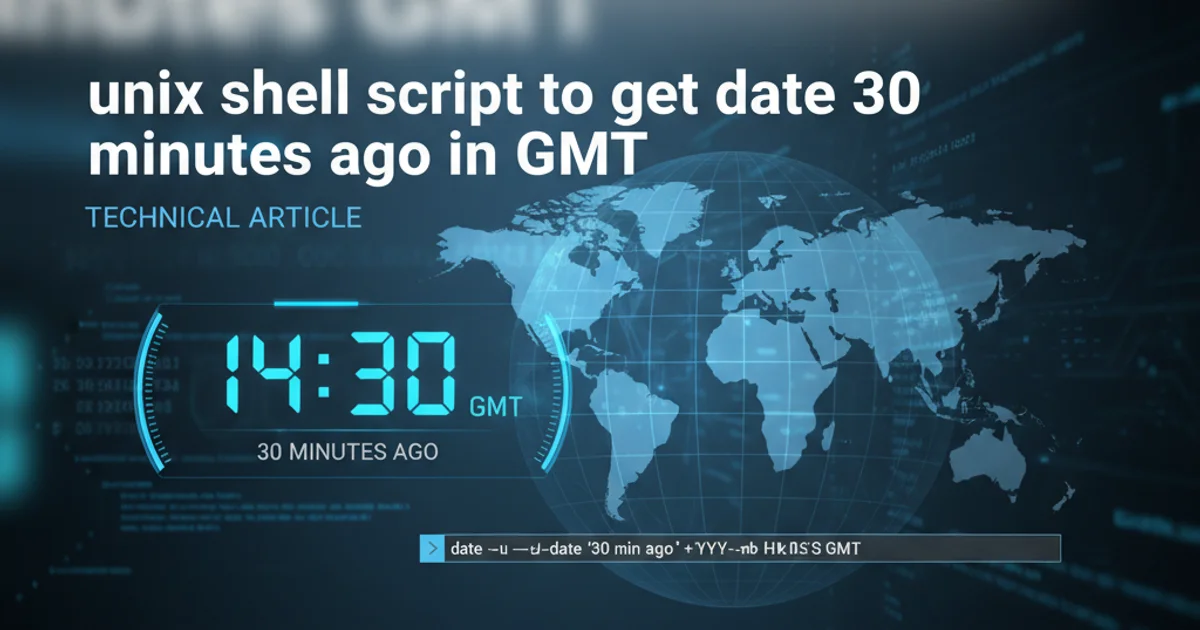Transposition tables?
Categories:
Understanding Transposition Tables in Game AI

Explore how transposition tables optimize game tree search algorithms like Minimax and Alpha-Beta Pruning, significantly improving performance in complex games.
In the realm of artificial intelligence for games, particularly those with a well-defined state space like chess or checkers, search algorithms are fundamental. Algorithms such as Minimax and Alpha-Beta Pruning explore possible moves and their consequences to determine the optimal strategy. However, these algorithms often encounter the same game positions multiple times through different move sequences. This redundancy can lead to significant computational overhead. Transposition tables offer an elegant solution to this problem by storing and reusing the results of previously analyzed positions.
What is a Transposition Table?
A transposition table is essentially a hash table that stores information about game states (positions) that have already been evaluated during the search. When the search algorithm encounters a position, it first checks the transposition table. If the position is found, the stored information (such as its evaluation score, best move, or search depth) can be retrieved and used, avoiding redundant computation. If the position is not found, the algorithm evaluates it, and then stores the result in the table for future use.
The term 'transposition' refers to the fact that a single game position can be reached by different sequences of moves. For example, in chess, moving a knight from b1 to c3 and then a pawn from e2 to e4 might lead to the same board state as moving the pawn first and then the knight. Without a transposition table, both paths would be analyzed independently, wasting valuable computational resources.
flowchart TD
A[Start Search for Position P]
B{Is P in Transposition Table?}
C[Retrieve Stored Result]
D[Evaluate Position P]
E[Store Result for P in Table]
F[Return Result]
A --> B
B -- Yes --> C
C --> F
B -- No --> D
D --> E
E --> FFlowchart illustrating the use of a transposition table in a game search algorithm.
Key Information Stored in a Transposition Table
For each entry, a transposition table typically stores several pieces of information to make it useful:
- Zobrist Hash Key: A unique (or near-unique) hash value representing the game position. This is crucial for quickly identifying positions.
- Evaluation Score: The score determined for the position (e.g., from a Minimax or Alpha-Beta search).
- Depth: The remaining search depth at which the position was evaluated. This helps in deciding if a stored entry is still relevant for the current search depth.
- Node Type: Indicates whether the stored score is an exact score, an upper bound (fail-high), or a lower bound (fail-low). This is particularly important for Alpha-Beta Pruning.
- Best Move: The best move found from this position, which can be used for move ordering in subsequent searches.
Implementing a Transposition Table
Implementing a transposition table involves careful consideration of hash key generation, collision resolution, and replacement strategies. Since the table has a finite size, collisions (different positions mapping to the same hash key) are inevitable. Common strategies include:
- Replacement Schemes: When a collision occurs, deciding whether to replace the existing entry with the new one. Common schemes include replacing if the new entry has a greater depth, or always replacing (simplest).
- Hash Key Truncation: Storing a portion of the full Zobrist hash key along with the entry to verify that the retrieved entry actually corresponds to the current position, reducing the chance of using a stale or incorrect entry due to hash collisions.
Here's a simplified conceptual example of how a transposition table might be structured and accessed:
struct TranspositionEntry {
long long zobristKey; // Full Zobrist hash
int score; // Evaluation score
int depth; // Search depth at which this was found
int nodeType; // EXACT, ALPHA, BETA
// int bestMove; // Optional: best move from this position
};
// A simple array-based hash table
TranspositionEntry tt[TABLE_SIZE];
// Function to store a position
void storeEntry(long long key, int score, int depth, int nodeType) {
int index = key % TABLE_SIZE;
// Simple replacement: always replace if new depth is greater
// or if the entry is empty/stale
if (tt[index].zobristKey == 0 || depth >= tt[index].depth) {
tt[index] = {key, score, depth, nodeType};
}
}
// Function to retrieve a position
TranspositionEntry* retrieveEntry(long long key) {
int index = key % TABLE_SIZE;
if (tt[index].zobristKey == key) { // Verify full key to avoid collisions
return &tt[index];
}
return nullptr; // Not found or collision
}
Conceptual C++ structure for a transposition table entry and basic store/retrieve functions.